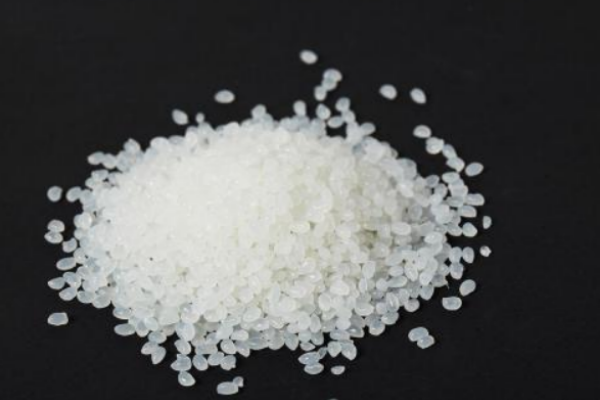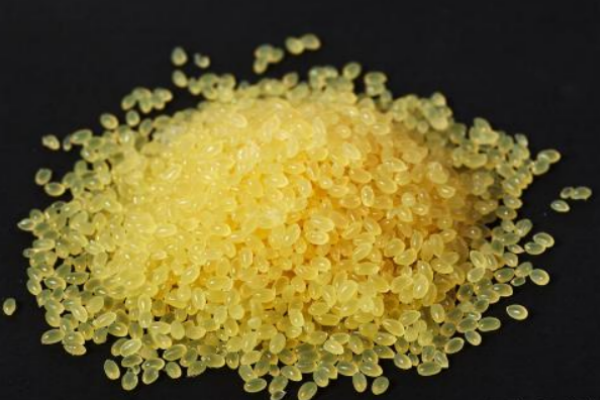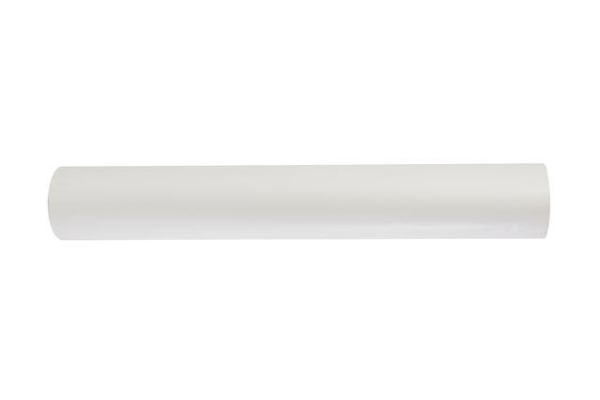Hot melt adhesive film is a type of hot melt adhesive, a film-like hot melt product, and from the outside, it is almost difficult to see any difference except transparent, translucent, or milky white. But in fact, the material of hot melt adhesive film varies greatly depending on its formulation. So what are the most important things we need to pay attention to when purchasing hot melt films? This is mainly based on specific needs.
The melting range is usually called the melting point in the hot melt industry. Still, the melting point is not very accurate because the melting of hot melt is a temperature range, so it is more scientific to be called the melting range. The melting range of a hot melt film is the temperature range from the initial melting point to the final melting point, which is one of the most basic properties of a hot melt film.
The melting range of all hot melt adhesive film is from 30℃-120℃, the melting range of low-temperature hot melt adhesive film is about 30℃-50℃, the melting range of medium temperature hot melt adhesive film is about 50℃-80℃, the melting range of high-temperature hot melt adhesive film is about 80℃-110℃, the initial melting point of hot melt adhesive film over 110℃ is super high-temperature hot melt adhesive film.

The definition of the melt index is not detailed. It is mainly to indicate the liquidity of the hot melt film after melting. The larger the melt index, the better the fluidity, and the smaller the melt index, the worse the fluidity. The melt index is a very important parameter for hot melt films besides the melting range, and it is directly linked to the ease of use of hot melt films. Why is that?
The better the fluidity, the faster it will spread and wet the glued surface, while the poorer the fluidity, the worse the spreading and wetting speed, and the longer the gluing time.
So is it true that the better the fluidity, the better the hot melt adhesive film? Not surprisingly, it depends on the specific materials you bond and the characteristics of the process to make a specific choice. For example, the material is very easy to wet, the process temperature and pressure are particularly high, then choosing a particularly good fluidity of the hot melt adhesive film will often produce the consequences of permeable glue.
The most important hot melt film features are the short operation time and high efficiency. The operating temperature and pressing time of hot melt film are the process parameters that must be mastered when purchasing. The operating temperature and pressing time correspond to the two physical and chemical parameters of the melting range and melt index of the hot melt film.
It is important to note that the operating temperature is not the value of the melting range but is generally about 30°C higher than the final melting point in the melting range. Of course, the specific temperature needs to be regulated according to the melt index of the hot melt film. This is why manufacturers usually give a guiding process parameter when the hot melt film is shipped, mainly the operating temperature and pressing time.
In general, the operating temperature must be higher than the final melting point, while the pressing time is more variable than the adhesive's melt index (fluidity). Manufacturers also need to learn according to the actual situation of their equipment process, according to the guidance of the process parameters to make appropriate adjustments, such as operating temperature is high, then the pressing time is slightly reduced. This is more reasonable and will also play a role in saving energy to a certain extent.

The size specification of hot melt film refers to the thickness and width of hot melt film. These two specifications are generally customizable, but regular stock products are generally distributed stepwise. For example, the thickness is generally 1 silk, 2.5 silk, 5 silk, 8 silk, 10 silk, and 15 silk. The width is generally 1m, 1.2m, 1.5m. The small widths are generally more operative and can be slit and processed, but then the larger widths will depend on whether the manufacturer has a larger die to manufacture.
Hot melt adhesive films are also divided into those with and without release paper. In contrast, the coating method generally produces those with release paper. Those without release paper are generally produced by the cast or blown method, also called hot melt adhesive films without substrate. Films with paper are generally used for processes that require backing, and if no backing is required, then substrate-free hot melt films can be used.
In general, the thicker the hot melt film, the more raw materials are used and the higher the price. Paper-based films are also more expensive than non-substrate films because of the cost of the paper involved.
All materials are developed with high and low-temperature performance in mind. Both in their ability to withstand high and low-temperature environments and hot melt films are no exception. Since hot melt adhesive film is a thermoplastic material, affected by the characteristics of hot melt adhesive, hot melt adhesive film is generally poor in high-temperature resistance. Generally, the best hot melt adhesive film will not exceed 100 ℃, but low-temperature resistance will be more material differences exist more significant differences. Generally, PA hot melt adhesive film has poor low-temperature resistance, and it is easy to become brittle in a low-temperature environment. TPU films have better low-temperature resistance, sometimes up to -40℃.
When purchasing hot melt adhesive film, you need to understand the ambient temperature limit of your application and then choose the right hot melt adhesive film so that you will take a lot fewer detours.

Since hot melt films are used in many cases for bonding garment fabrics, they are usually examined for their resistance to washing. This is because garments usually need to be washed repeatedly, and after repeated washing without opening and releasing the adhesive, the product is qualified. This requires the hot melt adhesive film itself to have some waterproof performance.
The hot melt film products with strong water resistance are TPU products, but other categories such as PO are not bad either. However, TPU products are generally used more for apparel, given the softness requirements. When purchasing hot melt adhesive film, you need to know more about your actual needs and whether you will be in frequent contact with water to use products with better water resistance.
Solvent resistance refers to the ability of the hot melt adhesive film to maintain good adhesive strength in an environment where it is often exposed to solvents to ensure that it does not open. Solvent refers to organic chemical solvents, usually ethanol, ether, acetone, styrene, etc. Most hot melt adhesive film products have poor solvent resistance. Many organic solvents themselves are the macromolecular structure that can fuse the hot melt adhesive. If you need to purchase solvent-resistant hot melt adhesive film and have a strong bond to the bonded material, then the purchase will need to screen the solvent-resistant adhesive and then test the bonding force, which will save a lot of effort.
Aging resistance is a lot of material development that needs to be considered, especially when drinking more outdoor applications. Hot melt films are often subjected to a UV light aging test for this type of application. The aging resistance of a hot melt film directly reflects its ability to maintain bond strength when exposed to sunlight for long periods. When purchasing hot melt adhesive films, it is important to note that if your application requires exposure to the outdoors for a long period, then don't forget to ask about the film's performance in this regard.
That's all you need to know when purchasing hot melt adhesive films. I hope it will help you. If you have any other experiences, please feel free to add them in the comment section!
Related articles:
Equipment and operation for hot melt film lamination - a must-see
Points to note about hot melt adhesive film for shoe insoles